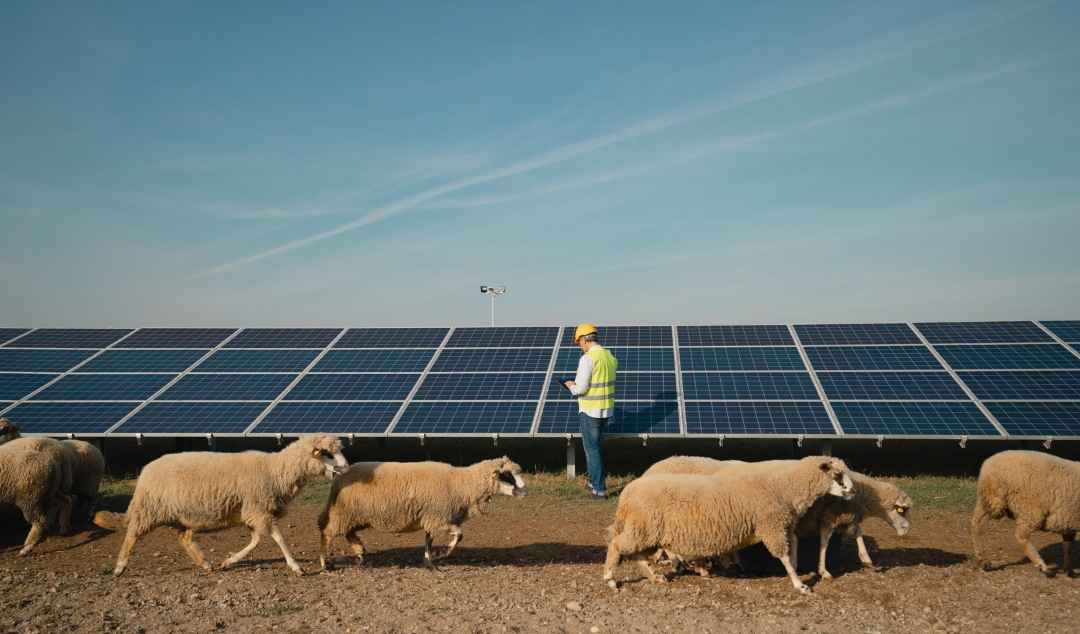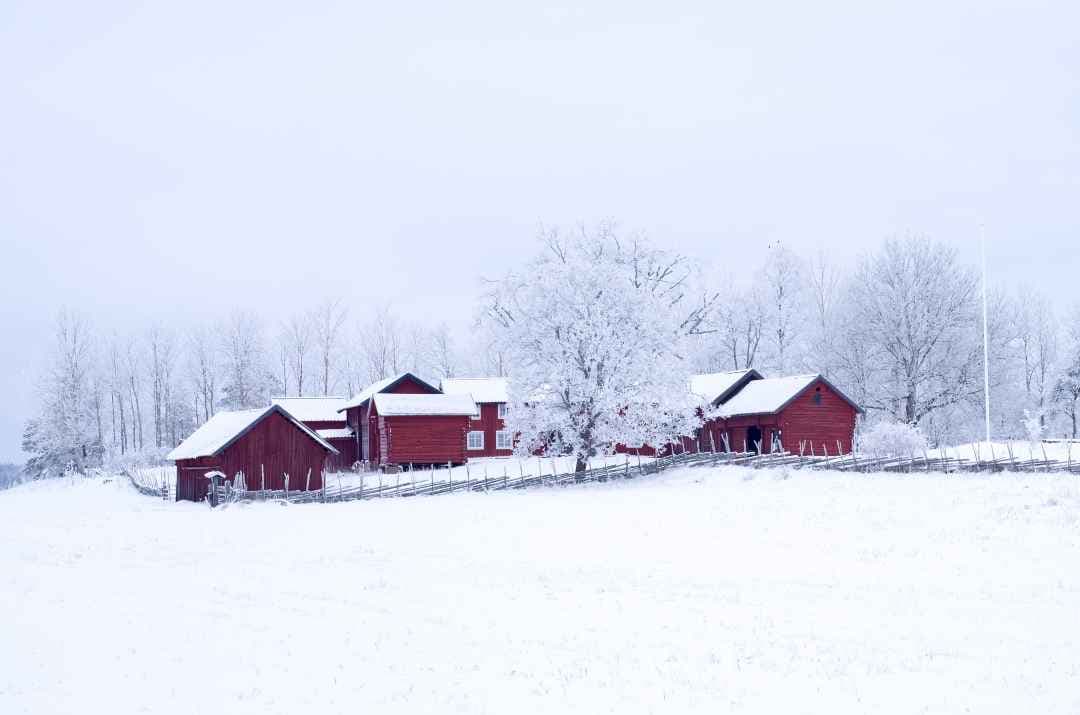When the Lights Go Out
Find the Right Generator Fit for Your Farm
On a quiet winter night, when the wind howls against the barn and the lights flicker for the third time in an hour, every farmer knows the sinking feeling that follows.
The milking machines hum to a stop, the heaters go silent and the livestock shift restlessly in the dark. It doesn’t take long for the consequences to stack up — spoiled milk, frozen pipes and the kind of stress you can feel in your chest. That’s when you realize a generator isn’t just backup equipment — it’s the heartbeat that keeps everything running when the grid doesn’t.
Whether you’re managing a sprawling dairy farm or tending a few acres of pasture, the right generator setup can mean the difference between a temporary inconvenience and a full-blown disaster. Here’s how to find a system that fits your farm, your workload and your peace of mind.
The Real Cost of Going Dark
Electricity isn’t just a convenience on a modern farm — it’s infrastructure. It keeps ventilation fans spinning, irrigation pumps pushing and cold storage at a steady temperature. A single 12-hour outage can destroy thousands of dollars’ worth of milk or feed, throw breeding schedules off by days and leave equipment exposed to the kind of moisture and chill that shortens its life.
And rural farms are often hit hardest. In remote areas, the grid stretches thin; restoration crews can take longer to reach you. A backup generator isn’t about luxury — it’s about insurance for every animal, machine and product that depends on you showing up no matter what the weather.
Choosing the Right Type
The best generator for your farm depends on the scale of your operation and what you need to power when the lights go out.
Standby Generators (20 to 200 kW and larger): The gold standard for whole-farm reliability. Permanently installed and wired through an automatic transfer switch (ATS), they detect power loss and start within seconds — keeping fans, water pumps and milking systems running without interruption. A 100-kilowatt (kW) diesel standby unit with a 250-gallon tank can typically run 24 hours at 75% load, making it ideal for large livestock or irrigation operations. Expect an installed price between $10,000 and $50,000, depending on size.
Portable Generators (1 to 20 kW): For smaller farms or individual outbuildings, portable models offer flexible, affordable coverage. A $1,000 to $5,000 portable unit can keep a well pump, freezer or small workshop running — but it won’t handle high-demand systems such as ventilation or full irrigation. These require manual setup and fueling, so they’re better for short-term or emergency use.
Towable Diesel Units (80 to 550 kW): Designed for large operations or multi-site coverage, towable diesel generators combine 250 to 350-gallon tanks with sound-attenuated enclosures and 24 to 48 hours of runtime. They’re not cheap, but they will power an entire facility through multi-day outages and meet modern emissions standards.
Solar or Hybrid Systems: For eco-conscious or off-grid farms, hybrid setups pair solar arrays with battery banks and small diesel backups. While the upfront cost is high, they reduce fuel use, cut noise and deliver true independence from the grid. Many farms now integrate solar systems to handle daytime loads, saving the diesel for nights or emergencies.
Fuel Choices: Best Options for Your Farm
Every fuel type has its personality — some are stubborn in the cold, others are clean but finicky about supply. Choosing the right one depends on what’s available and how often you expect to rely on it.
|
Fuel Type |
Strengths |
Trade-Offs |
|---|---|---|
|
Diesel |
Long shelf life, high energy density, widely available in rural areas |
Noisy, can gel in cold weather, requires maintenance |
|
Propane/Natural Gas |
Clean-burning, low-maintenance, can run indefinitely from a line or large tank |
Lower power density, not always accessible off-grid |
|
Gasoline |
Cheap, easy to find |
Poor shelf life, vapor risk, inefficient for long runs |
|
Solar/Battery Hypbrid |
Quiet, renewable, no refueling |
Weather-dependent, costly to install |
A practical rule: if you’re in a remote area without reliable gas lines, diesel remains king. It’s efficient — burning roughly 0.07 gallons per horsepower per hour — and it stores safely for months with fuel stabilizer.
Size It Right
Oversizing wastes fuel and money; undersizing leaves you stranded. To find your sweet spot:
- Add up the total wattage (or kW) of the systems that must stay on — fans, pumps, refrigeration, heaters.
- Multiply that number by 1.4 to account for motor start-up surges.
- Divide by 1,000 to convert to kilowatts.
Example: A dairy that draws 35 kW during milking and cooling should install a 50-kW generator. Go smaller and you’ll trip circuits; go too large and you’ll burn through diesel for power you never use.
Typical cost tiers:
- 8 to 20 kW: $3,000 to $7,000 (home or small barn)
- 25 to 60 kW: $8,000 to $20,000 (small farm)
- 80 to 200 kW: $25,000 to $70,000 (full operation)
Remember — your generator only needs to handle your critical load, not every light bulb on the property.
Built for the Barn: Features That Earn Their Keep
Farms are hard on equipment. Between dust, vibration and weather, you need a generator that’s as tough as the work it supports.
ATS: Switches seamlessly from grid to generator, preventing dangerous backfeed.
Brushless Alternators With Class “H” Insulation: Handles long hours and heat without degrading performance.
PMG Excitation (on 80 kW and larger models): Delivers stronger starts for heavy motors and irrigation pumps.
High Ambient Radiators: Keeps cooling efficient under high temperatures.
Weatherproof Enclosures: Resists rust and moisture in open installations.
Telematics and Remote Monitoring: Provides fuel level and maintenance alerts from your phone — critical for multi-site or seasonal operations.
Sound Attenuation: Delivers cleaner and quieter operation with Tier 4 Final engines — good news for anyone living close to the barn.
The best farm generators are built for uptime, not aesthetics. They’re over-engineered where it counts: cooling, motor-starting torque and reliability in dust and heat.
The Future of Farm Power
Technology is catching up with rural resilience. Modern generators pair with smart load management to balance circuits and stretch runtime. Telematics flag performance issues before breakdowns. Solar hybrids reduce diesel use by up to 30% to 50%, and Tier 4 engines slash emissions to meet Environmental Protection Agency standards without sacrificing torque.
The next generation of farm power isn’t just about muscle — it’s about intelligence. It’s quiet, connected and built to keep pace with farms that can’t afford downtime.
Steady Through the Storm
When the storm rolls in and the sky turns electric, a good generator hums quietly in the background, steady and unbothered. It doesn’t ask for praise — it just does its job. That’s the kind of reliability every farmer needs: a system that protects the work, the animals and the livelihood built on both.
So, choose power that matches your land’s rhythm. Size it to your heaviest task, fuel it with what’s practical and never skimp on safety. Because when the grid fails — and someday it will — the right generator doesn’t just keep your lights on. It keeps your farm alive.
Safety First: The Non-Negotiables
Generators bring as much risk as they do relief if they’re not handled correctly. Keep these fundamentals in mind:
- Ventilation: Never run a generator inside a barn or garage. Carbon monoxide kills quietly and fast.
- Grounding: Always connect to a proper earth rod to prevent shock and fire risk.
- Moisture Protection: Install on raised pads and use waterproof covers.
- Fuel Handling: Store diesel or propane safely and rotate your supply every 6 to 12 months.
- Routine Maintenance: Change oil, filters and coolant at least once a year — or every 250 hours of operation.
- Transfer Switch Use: Always rely on an ATS to isolate your generator from the utility grid. It protects both your equipment and the line workers down the road.
Most generator-related fires and failures trace back to skipped maintenance or improper ventilation — not faulty machines. Treat yours like any other piece of critical equipment: service it before you need it.


